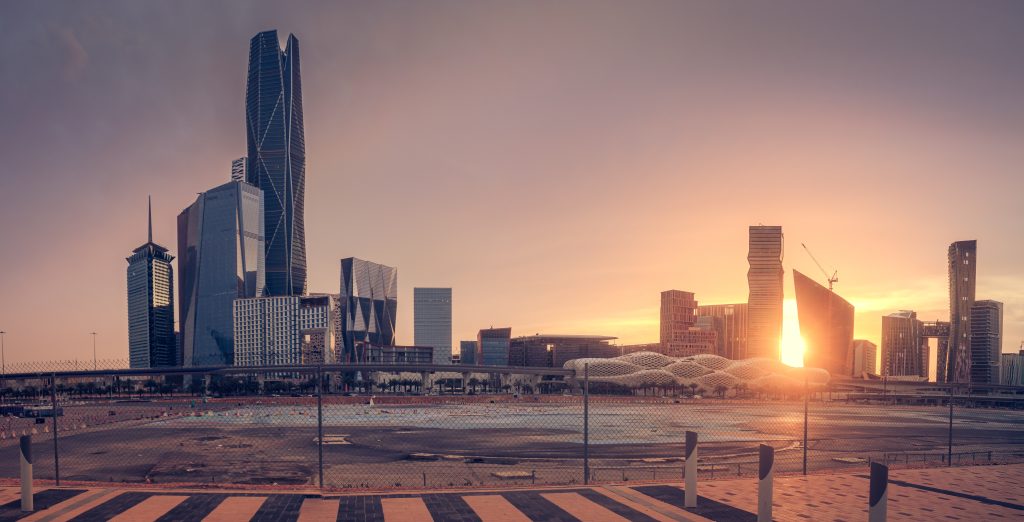Saudi Arabia is investing heavily to diversify its economy beyond oil, initiating USD 1.3 trillion in real estate and infrastructure projects over the past eight years. According to Knight Frank’s Saudi Giga Projects Report, these projects have grown by 4% from the previous year, aiming to make the country more attractive for living, working, and tourism.
Key developments include over a million residential units and significant projects like Neom on the Red Sea coast. Since 2016, USD 164 billion in real estate contracts have been awarded, with Neom receiving the largest share of USD 28.7 billion, notably for The Line, a development featuring two mirrored towers stretching approximately 105 miles.
Among the largest projects, USD 12 billion has been allocated to National Housing Co., USD 9 billion to Diriyah Gate, and nearly USD 7 billion to the Qiddiya entertainment city in Riyadh. These mega projects face challenges such as supply chain issues, labor shortages, and cost management, but are expected to complete between 2028 and 2030, positioning Saudi Arabia as a leading construction market.
Riyadh is a major focus, with USD 35 billion in contracts awarded so far. By the early 2030s, the capital aims to add nearly 29,000 hotel rooms, 4.6 million square meters of office space, and 340,000 homes. Additional developments are anticipated as the city prepares for the 2030 World Expo and the 2034 FIFA World Cup.
The western seaboard of Saudi Arabia has seen over USD 54 billion invested in 17 major giga projects. These efforts support economic diversification, accommodate population growth, and enhance investment and tourism appeal.
Saudi Arabia’s goal is to attract USD 100 billion in foreign direct investment and 150 million tourists annually by 2030. Last year, the country saw around 109 million tourists, mostly domestic. To meet the expected increase in travelers, 362,000 new hotel rooms are planned by the end of the decade. Mid-range accommodations, in addition to luxury hotels, will be essential to attract a wider range of tourists.
Saudi Arabia’s strategic investments in real estate and infrastructure are central to its economic diversification strategy. Major projects like Neom, Diriyah Gate, and Qiddiya are crucial to this transformation. As these developments approach completion by 2030, the country is set to become the world’s largest construction market, attracting significant foreign investment and millions of tourists annually.
